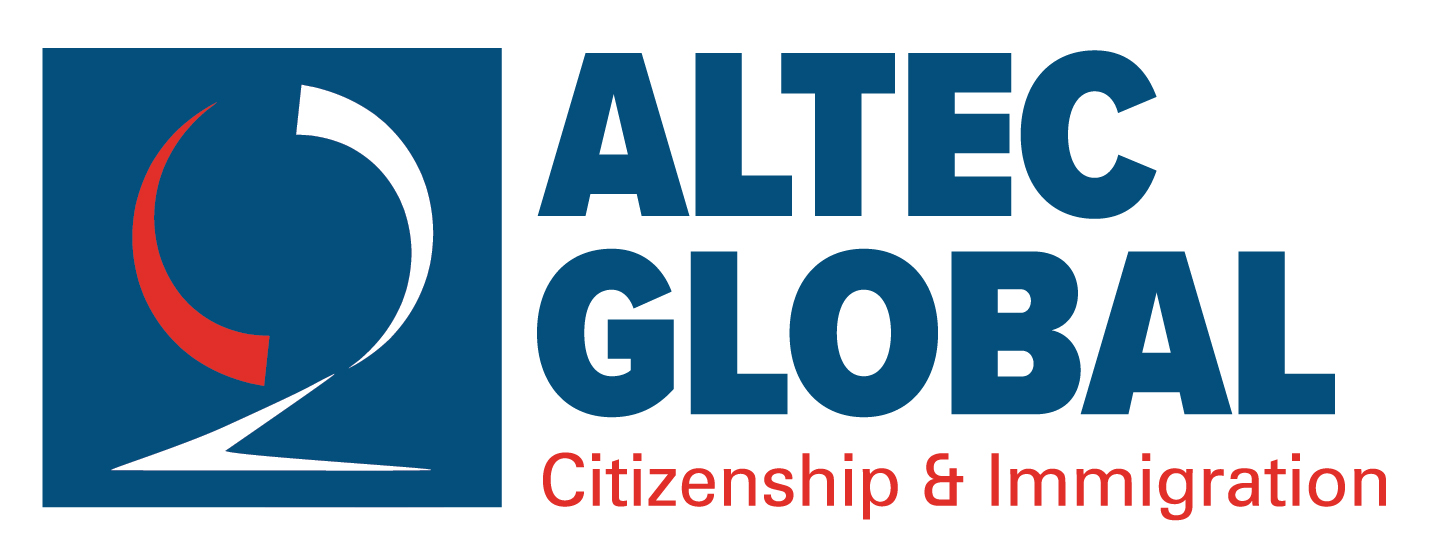The landscape of Express Entry draws has undergone significant changes since the pre-pandemic era, introducing unpredictability and variability. Immigration, Refugees, and Citizenship Canada (IRCC) once adhered to a more structured approach, but today, the frequency, nature, and even the CRS cut-offs of draws are less predictable. In this guide, we delve into the factors influencing when IRCC decides to hold Express Entry draws, the impact of policy changes, and how applicants can navigate this dynamic process.
Express Entry Draws Pre-Pandemic
Before the pandemic, Express Entry draws were relatively routine, occurring every two weeks on Wednesdays. The number of Invitations to Apply (ITAs) hovered around 3,000, with CRS cut-offs typically around 470 points. The stability was attributed to the system’s objectives being well-defined, and IRCC was approaching its goal of processing 80% of applications within six months. However, the pandemic disrupted this predictability.
Irregular Patterns Post-Pandemic
Express Entry draws post-pandemic have been marked by irregularity. In 2023, the frequency increased leading up to June, and with the introduction of category-based selection, draws became more frequent. However, a pause occurred after October 26, raising questions about the factors influencing IRCC’s decision-making.
Factors Influencing Express Entry Draws
Several key factors contribute to the timing and nature of Express Entry draws:
- Immigration Levels Plan: IRCC sets annual immigration targets through the Immigration Levels Plan. The plan includes Express Entry targets, such as 110,770 immigrants for 2024. To meet these targets, IRCC continually assesses the processing queue. If enough applications are in the queue, additional ITAs may not be necessary. The plan considers both the current and upcoming year, influencing the decision to issue more ITAs.
- IRCC Policy Objectives: The immigration minister’s mandate is to strengthen the national economy. IRCC aligns draws with policy objectives, aiming to fill labor force gaps quickly. Considerations include whether to conduct all-program draws, program-specific draws, or category-based selections. Recent draws have focused on diverse policy goals, such as supporting regions, integrating high-skilled workers, facilitating transitions to permanent residence, and strengthening Francophone communities.
- Changes to CRS and Express Entry Profiles: Periodic changes to the Comprehensive Ranking System (CRS) and Express Entry profiles impact draw frequency. Amendments to CRS point allocations, like the increase in French proficiency in 2020, require technical updates to ensure profile accuracy. Recent changes included phasing out NOC Skill Types in favor of the new TEER system.
- IT Issues: Technical glitches, like the recent Express Entry profile builder issue, can halt draws. IRCC may delay draws until resolving IT problems to maintain the integrity of the process. Glitches have occurred due to system updates, impacting the ability of candidates to submit their applications.
- Staffing Changes at IRCC: Organizational restructures and staffing changes within IRCC can also influence draw frequency. Recommendations for restructuring, as seen in Deputy Minister Neil Yeates’ report, might lead to adjustments, and new staff may take time to acclimate to their roles.
Navigating the Express Entry system requires understanding the multifaceted factors that influence draw decisions. While pre-pandemic patterns offered predictability, the current landscape demands adaptability from applicants. The interplay of immigration targets, policy objectives, system changes, IT stability, and staffing transitions shapes the Express Entry journey. Aspiring immigrants must stay informed about these dynamics and be prepared for a more fluid and evolving process.


Recent Comments